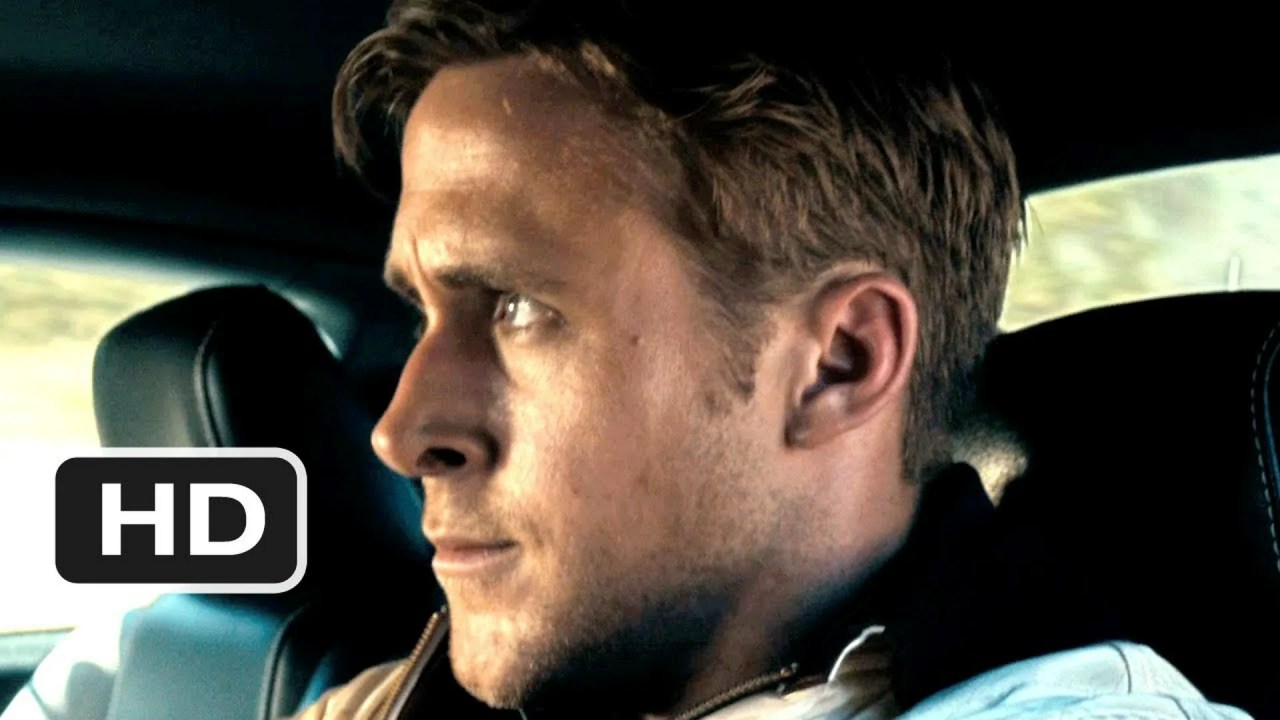Modern cinema has consistently pushed boundaries, challenging viewers with scenes that stay in the memory long after the credits roll. This article explores six of the most shocking scenes that have left a lasting impression on audiences.
1. The Vice Grip of Reality: “Casino” (1995)
In Martin Scorsese’s “Casino,” one scene stands out for its sheer brutality. The vice scene, where a character’s head is placed in a vice, is not just about physical violence. It’s a stark portrayal of the ruthless nature of mob control in casinos, something we thankfully don’t have to worry about when playing the best real money online slots. This scene shocks not just in its graphic nature but also in its unflinching depiction of the lengths to which people will go for power and control.
2. A Twist in the Tale: “Pulp Fiction” (1994)
Quentin Tarantino’s “Pulp Fiction” is known for its unconventional storytelling and graphic content. The basement scene, involving Marsellus Wallace and Butch Coolidge, is particularly jarring. It disrupts the narrative with unexpected violence and tension, leaving viewers on the edge of their seats. The scene’s intensity is compounded by its stark contrast to the darkly comic tone of the rest of the film.
3. The Jolt of Reality: “Adaptation” (2002)
“Adaptation,” a film known for its meta-narrative style, features a car accident scene that takes the audience by surprise. This moment of sudden violence serves as a jarring interruption to the film’s introspective and often humorous tone. It’s a masterful example of using shock to refocus the audience’s attention and underscore the unpredictability of life.
4. Romance Meets Brutality: “Drive” (2011)
In “Drive,” the elevator scene is a study in contrasts. A moment of tenderness quickly escalates to extreme violence, leaving viewers stunned. This scene is a powerful reminder of the film’s underlying tension and the duality of the protagonist’s character – a romantic hero with a capacity for brutal violence.
5. The Unsettling Beach: “Under the Skin” (2013)
“Under the Skin” presents a beach scene where a family tragedy unfolds in an unexpectedly disturbing manner. The main character’s lack of emotion in response to the tragedy adds to the scene’s eerie atmosphere. It’s a moment that encapsulates the film’s exploration of alienation and the human condition, resonating with a sense of unease rather than overt shock.
6. The Art of Tension: “Inglourious Basterds” (2009)
The opening scene of Quentin Tarantino’s “Inglourious Basterds” sets the tone for the film. Colonel Hans Landa’s interrogation of a French farmer is a masterclass in building tension. The scene’s intensity comes from the undercurrent of impending violence, making it a standout moment in a film filled with shocking content.
Beyond the Screen: The Impact of Shocking Cinema
These shocking scenes are not just pivotal moments in their respective films; they have also influenced the broader landscape of modern cinema. They challenge filmmakers and audiences alike to consider the boundaries of storytelling and the power of visual narrative. These scenes often spark conversations about the ethics of representation, the responsibility of filmmakers in depicting violence, and the psychological impact on audiences. They remind us that cinema is not just a passive viewing experience but an active engagement with complex themes and emotions.
Moreover, the reaction to these scenes highlights the diverse ways audiences process challenging content. While some viewers appreciate the depth and artistic merit of these scenes, others may find them overwhelming or distressing. This dichotomy underscores the subjective nature of film interpretation and the importance of context and personal experience in shaping one’s response to cinema.
In essence, the most shocking scenes in modern cinema serve a dual purpose. They are integral to the narrative and thematic fabric of their films, and they also contribute to ongoing discussions about the role and impact of cinema in society. As we continue to explore new narrative frontiers, these scenes will remain benchmarks of cinematic innovation and emotional resonance.
Crafting the Shock: The Art Behind the Scenes
Creating these shocking moments in cinema is not just about the surprise element; it involves a delicate balance of storytelling, technical skill, and artistic vision. Directors and cinematographers collaborate to use visual techniques, such as unique camera angles, lighting, and color palettes, to enhance the emotional impact of these scenes. Sound design also plays a crucial role, with the use of music, silence, or unsettling sound effects to heighten the audience’s emotional response.
Moreover, the performances of actors in these scenes are critical. Convincing portrayals that capture the complexity of human emotions add depth to the shock value, making these scenes memorable. It’s a testament to the actors’ skill when they can make viewers empathize with, or feel repulsed by, the characters in these intense moments.
In discussing the most shocking scenes in modern cinema, it’s important to acknowledge the behind-the-scenes efforts that make these moments possible. From the director’s vision to the technical prowess of the crew and the nuanced performances of the actors, each element contributes to the power and impact of these scenes. This collaborative effort is what turns a shocking moment into a cinematic masterpiece that resonates with audiences and stands the test of time.



